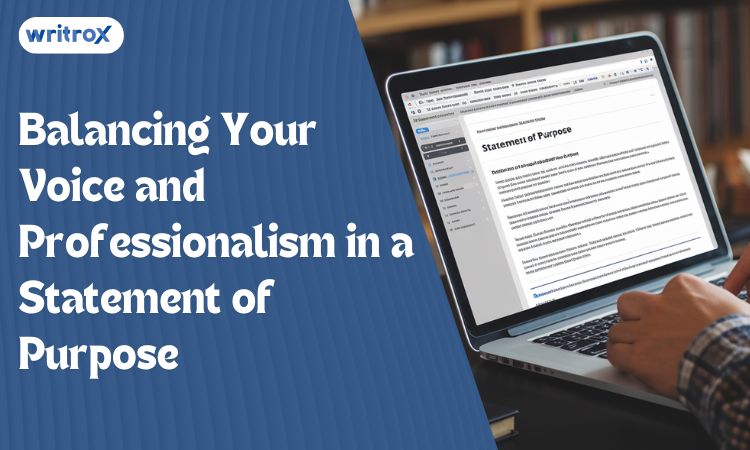Your LinkedIn profile can make or even break your next big opportunity. A sharp and well-optimized profile perfectly grabs attention, builds instant credibility, and puts you in front of the right people. On the other hand, a dull or incomplete profile actually keeps doors closed without even realizing it. You can think of it the way that brands use E-commerce growth strategies or Shopify marketing tips to draw customers in. You’re also doing exactly the same, but for your personal brand or profile. In this blog, we’re going to explore some practical ways in order to refine your headline, craft a compelling summary, use the relevant keywords, and ultimately engage meaningfully, so that your LinkedIn presence actually helps you grow your career. Also Read: Resume Vs Cover Letter: Key Differences Understanding LinkedIn Optimization LinkedIn is really no longer just a platform listing only your current or past jobs. Beyond that, it’s actually a professional identity online. True LinkedIn optimization means shaping your profile so it clearly conveys who you actually are, what exactly you do, and what truly makes you worth connecting with. Moreover, it’s about highlighting your value, not just history. When you list your experience, it tells others what you’ve done so far, but building authority shows what you can offer today. An optimized profile perfectly highlights your strengths, shares your creative ideas, and helps others see you as someone who adds true value in your field. And, this is what gets attention and builds real credibility. In simple terms, LinkedIn works like personal marketing for professionals. Just like brands promote their products or services in order to reach their target audience, you use your profile to reach the right opportunities. Here’s what strong LinkedIn profile optimization focuses on: Clarity: It keeps your profile totally focused on what exactly matters most for your objective. Consistency: Here, your photo, headline, and summary show the same message. Engagement: When you comment, share, or even interact, your visibility gradually grows with activity. Authenticity: You always stay genuine and approachable, so people connect with honesty. When you get these things right, your LinkedIn profile becomes more than a resume. Over and above that, it becomes a tool that really builds trust, attracts opportunities, and helps your career grow faster. Also Read: Differences Between LinkedIn And Resume The Foundation of a Strong LinkedIn Presence Before exploring any advanced growth hacks, your LinkedIn profile truly needs a strong foundation. Here’s what exactly you need to get right: Professional Photo and Banner: Always use a high-quality, approachable photo, along with a banner that visually shows your brand or expertise. Value-Driven Headline: Go beyond your job title. Here, add value-driven phrases like “Helping brands grow through smart e-commerce marketing” or “Empowering online stores with proven growth strategies”. Engaging About Section: Write a short and concise, clear summary that perfectly tells about your story. Furthermore, focus on your skills, achievements, and what actually makes your approach unique. Ultimately, keep it conversational and authentic. Clear and Measurable Achievements: Moreover, include results i.e., percentage, metrics, or even client outcomes that show real impact. Real numbers truly add credibility. Keyword Integration: Keyword integration is one of the most effective elements in LinkedIn optimization. You need to naturally include search-friendly phrases like “growth strategies”, best digital marketing agency for e-commerce”, and “Shopify marketing tips to help your profile appear in relevant searches”. Smart LinkedIn Optimization Hacks to Boost Your Career Boost your professional presence with these proven LinkedIn optimization hacks that make your profile completely stand out and attract the right opportunities: 1. Optimize Your Profile for Search Visibility A profile that’s precisely optimized can draw the attention of recruiters, clients, and collaborators naturally. As we discussed earlier, LinkedIn optimization isn’t just about listing your experience; it’s about making sure your skills, job titles, and achievements perfectly match what your target audience searches for. Just by implementing LinkedIn keyword optimization, your profile becomes even more discoverable and gives you a competitive edge. Always use relevant industry-specific keywords in your headline, summary, and work experience. Mention tools, certification, and all the skills that recruiters exactly search for. Align your accomplishments with several terms that are used in JD (Job Descriptions) or client searches. 2. Build a Targeted and Engaged Network Your LinkedIn network is truly more than just a game of numbers, it’s about building relationships with several people who really matter to your career. Get connected intentionally with colleagues, industry influencers, and mentors. Join the niche LinkedIn groups that are aligned with your professional goals. Get engaged selectively with various people whose feedback and recognition matter. 3. Post and Engage Strategically If you’ve just a simple profile, it’s not enough. You’ve to actively enhance your reach and influence. Our LinkedIn optimization tips include not only posting, but it also includes commenting, sharing insights, and creating powerful content that looks informative to your audience. Share actionable tips and lessons you’ve learned from your work. Always comment thoughtfully on posts in your niche in order to boost engagement. Try to reshare content by adding some personal insights to provide more value. 4. Highlight Your Work Through Projects and Media Showcasing your works goes far beyond just listing job titles. Use media, projects, and other measurable results as part of your LinkedIn profile optimization highlights your expertise and build credibility with recruiters and clients. Include projects, case studies, or portfolios in the Featured section. Use images, videos, PDFs, or slide decks to demonstrate results. Quantify achievements using metrics, percentages, or KPIs to prove your impact. 5. Personalize Connections and Messages Meaningful LinkedIn connections actually go beyond adding just names. Whenever it comes to LinkedIn profile optimization works best when you send personalized messages, reference shared experience, and provide relevant value. This is because personalized requests make people more likely to respond, engage, and remember you. 6. Prioritize Skills and Endorsements You can boost your visibility and credibility with LinkedIn keyword optimization by curating relevant skills and getting endorsements. You should pin your top



